The Business Automation Experiment
Friday → SundayWhat I Actually Learned
🧠 The Real Insights (Friday → Sunday)
🎯 The Answer: Semi/Hybrid Automation Works
Full automation? Probably not. But semi and hybrid approaches? Absolutely. The question isn’t whether you can automate everything—it’s understanding what to automate, what to keep manual, and when to switch between modes.
⚡ Speed vs. Quality Trade-offs Are Real
AI can compress months into hours, but there are costs. Some tasks (like supplier outreach) were faster to do manually than to automate. The key is knowing when to stop automating and just do it yourself.
🔧 Tool Specialization Matters More Than I Expected
Each AI has a personality. Gemini excels at research, DeepSeek understands Chinese markets natively, Manus thinks strategically, Cursor builds relentlessly. Fighting these tendencies wastes time and money.
💰 Budget Reality Check
$38-52 for a weekend experiment is nothing compared to what I built. But to properly validate this as a real business? I’d need 10x that budget just for marketing. The automation is the easy part—customer acquisition isn’t.
🔄 The Handoff Problem
AI collaboration compounds, but the handoffs between tools are where things break. Each transition requires human judgment to maintain coherence and direction.
🚫 What Didn’t Work
Manual tasks that sound automatable often aren’t. Emailing suppliers, signing up for accounts, navigating different supplier portals—these were faster to do myself than to automate.
🤖 The real insight: You can automate the execution, but you can’t automate the judgment calls. And there are way more judgment calls than you think.
The Question That Started Everything
I’d been building AI automation systems for months, and I kept hitting the same pattern: individual tasks would work brilliantly, but maintaining coherence across an entire business process was nearly impossible. Every time I tried to fully automate something complex, it would work for a while, then slowly drift off course.
The Friday Night Question: What if instead of trying to automate everything, I used every AI tool at my disposal to see how much of a business I could actually automate? Not as a thought experiment, but as a real test with real systems.
I had access to Manus, Claude 4, ChatGPT, DeepSeek, Gemini, and Cursor. If I couldn’t figure out the automation limits with this toolkit, then the limits probably don’t exist yet. Time to find out.
The Three Automation Modes I Tested
Instead of thinking about automation as binary (on/off), I wanted to test three different approaches:
Full Automation: Let AI handle everything from start to finish with minimal human intervention. Set it up, walk away, come back to results.
Semi-Automation: AI handles the heavy lifting, but I make key decisions at critical junctions. Think of it as AI execution with human checkpoints.
Hybrid Automation: Constant collaboration between AI and human judgment. AI suggests, I decide, AI executes, I course-correct.
The weekend became a real-world test of which approach works for which types of business tasks. Spoiler alert: the answer isn’t what I expected.
The Experiment Design
I wasn’t just theorizing about automation—I wanted to stress-test it. So I designed a weekend experiment with clear parameters:
The Challenge: Build a complete e-commerce business from scratch using only AI tools and see how far I could get.
The Rules:
- Use every AI tool at my disposal
- Test all three automation modes (full, semi, hybrid) on different tasks
- Track what works, what doesn’t, and where the handoffs break
- Be honest about what I had to do manually
The Goal: Not to launch a profitable business, but to understand the real limits of business automation in 2025.
Why Dropshipping? The Perfect Automation Test Case
I picked dropshipping not because I love it (honestly, I’ve never been successful at it), but because it’s the perfect stress test for business automation. Here’s why:
Complete Business Pipeline: Dropshipping requires every business function—market research, supplier relationships, inventory management, marketing, customer service, order fulfillment. If you can automate dropshipping, you can probably automate anything.
Clear Success Metrics: Either the store works and can process orders, or it doesn’t. Either you have suppliers lined up, or you don’t. No ambiguity about what “done” looks like.
International Complexity: Dealing with Chinese suppliers, currency conversion, shipping logistics, language barriers—all the messy real-world stuff that breaks automation.
Speed Requirements: In dropshipping, being first to market matters. Perfect for testing how fast AI can move vs. traditional methods.
It’s basically a complete business automation challenge compressed into one weekend.
Why Screen Extenders?
Here’s where human intuition kicked in: I genuinely think screen extenders are cool. That’s it. No complex analysis needed—I use them, I like them, and I understand the problem they solve.
For a weekend learning sprint, this was perfect:
- I understand the user - I am the user
- Clear value proposition - More screen space = more productivity
- Established market - People already buy these
- Technical complexity - Enough moving parts to test AI capabilities
This became a perfect test of the 50/50 approach: let human intuition pick the direction (I chose something I actually cared about), then see how far AI could take the execution. Would I have picked the most profitable niche? Probably not. But would I learn more working on something I understood? Definitely.
Friday: The Research Deep Dive
I started with what would normally take weeks—comprehensive market research. This was my test of full automation mode: could I just point AI at a problem and walk away?
Gemini Deep Research: I asked it to analyze potential product niches and generate detailed market reports. Within hours, I had multiple 30+ page reports covering market size, competition, trends, and opportunities. This was pure AI work—I just set the parameters and let it run.
DeepSeek for Supplier Intelligence: Here’s where it got interesting. Instead of starting with products and hunting for suppliers, I used DeepSeek to reverse-engineer the entire Chinese supplier landscape first. It understood the cultural context, business practices, and market dynamics in ways that Western AI models simply couldn’t.
The Result: In less than an hour, I learned enough about portable monitors to know this was something I could work with. I had market data, supplier contacts, and competitive intelligence that would normally take weeks to compile.
Automation Mode: Full automation worked perfectly for research. Set it, walk away, come back to results.
Saturday: Building Everything
Saturday was about execution. I had the research—now could AI actually build a functioning business? This became my test of hybrid automation mode: constant collaboration between AI execution and human judgment.
Morning: Ad Campaign Strategy with Manus
I started Saturday by testing semi-automation mode with Manus. I gave it the research and asked it to create a complete advertising strategy.
The Process: Manus analyzed the market data, identified customer segments, and generated comprehensive ad campaigns. But here’s the key—I made strategic decisions at every major junction. Which segments to prioritize? Which messaging angles to pursue? Those were human calls.
The Result: Professional-grade ad campaigns that would normally take a marketing team weeks to develop. Multiple customer personas, platform-specific creatives, detailed implementation guides.
What I Learned: Semi-automation works brilliantly for creative strategy. AI generates options, human judgment picks winners.
Afternoon: Initial Research and Creative Strategy with Manus
This was my test of semi-automation mode with Manus. I gave it the research and asked it to create a complete advertising strategy and wireframe the initial website concept.
The Process: Manus analyzed the market data, identified customer segments, and generated comprehensive ad campaigns. But here’s the key—I made strategic decisions at every major junction. Which segments to prioritize? Which messaging angles to pursue? Those were human calls.
The Result: Professional-grade ad campaigns that would normally take a marketing team weeks to develop. Multiple customer personas, platform-specific creatives, detailed implementation guides.
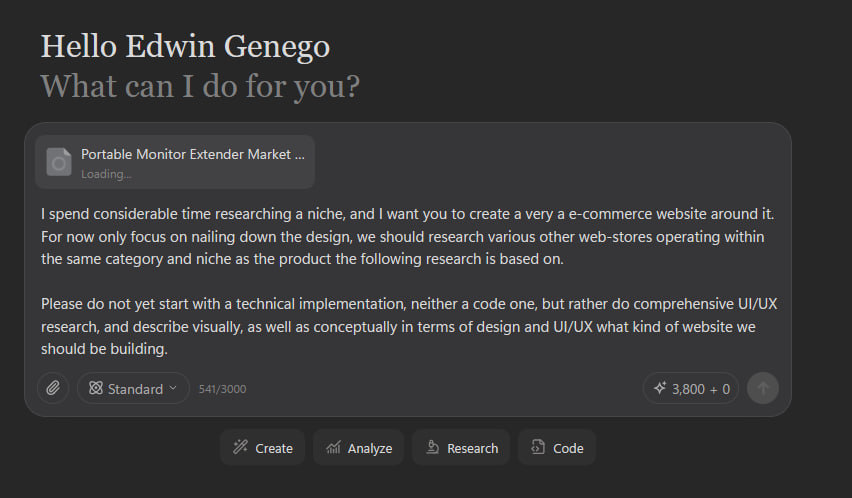
What I Learned: Semi-automation works brilliantly for creative strategy. AI generates options, human judgment picks winners.
The Wireframing Process: From Concept to Structure
Manus started by creating wireframes for the entire user experience. This screenshot shows where the research began—I asked it to design the complete customer journey:
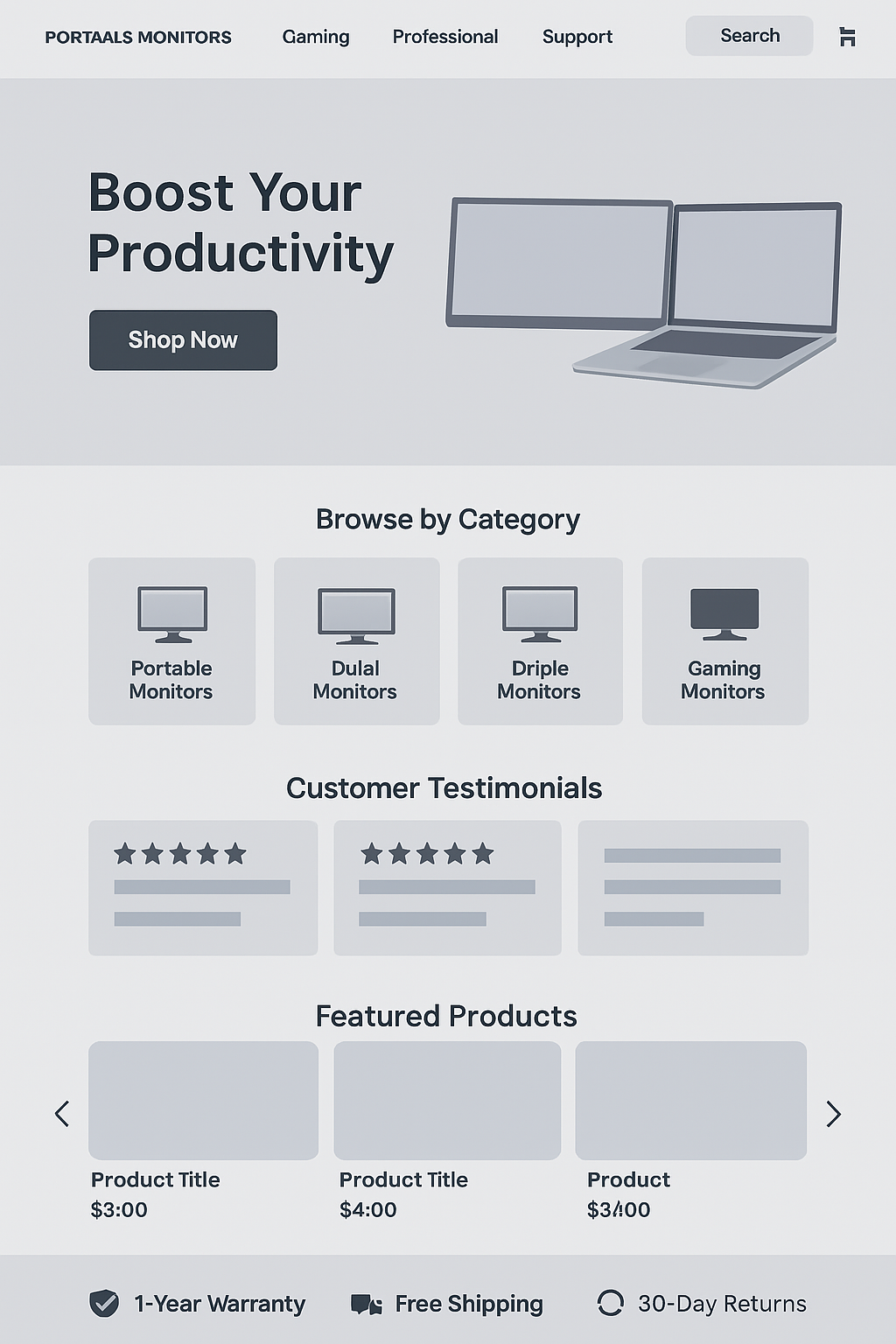
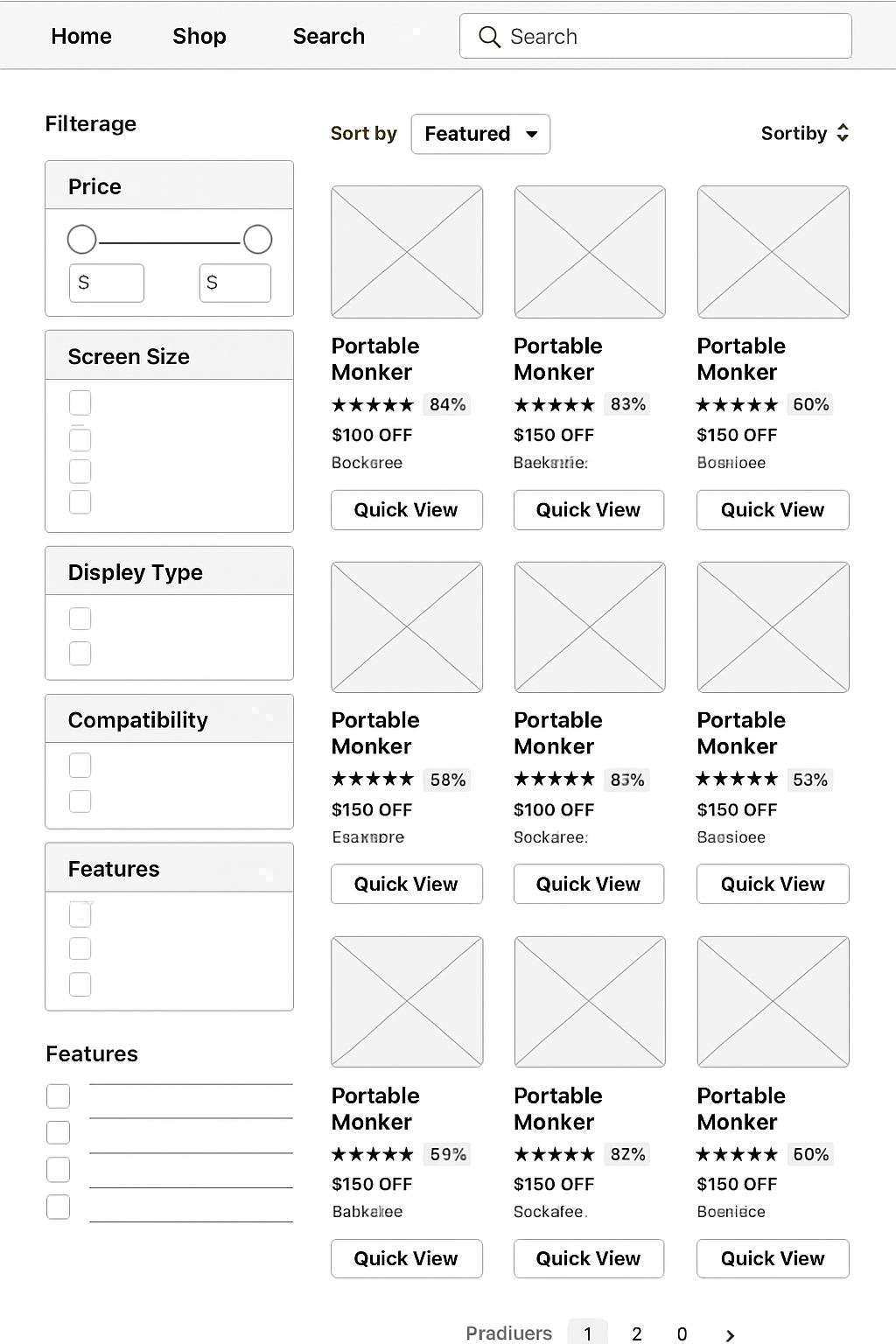

But Manus didn’t stop at wireframes. I then asked it to develop creative campaigns, and that’s where the magic happened. The campaigns it generated were anything but boring—creative, targeted, and surprisingly sophisticated.
The Creative Campaigns: Where AI Got Creative
Here’s where things got interesting. After analyzing the niche and understanding the target audience, Manus generated a series of marketing creatives that were… honestly impressive. Each one targeted a different customer segment with tailored messaging and visual appeal:


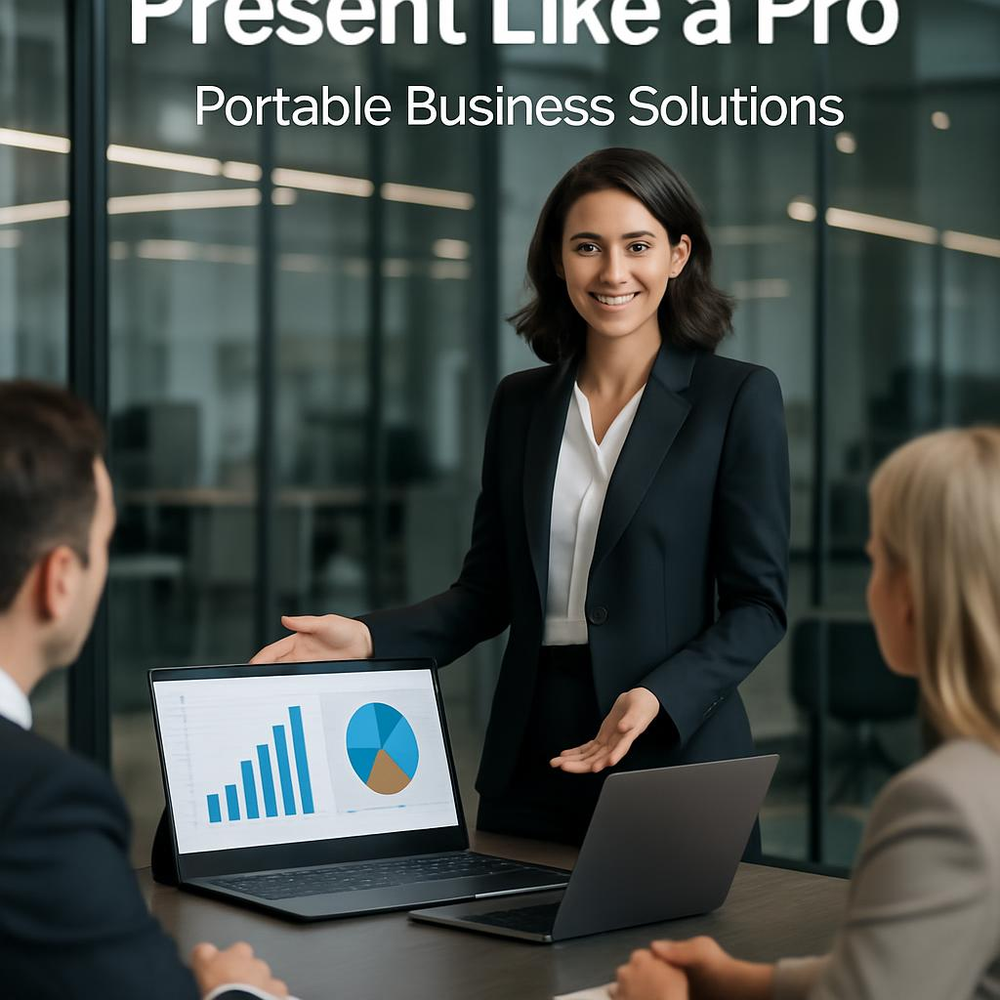

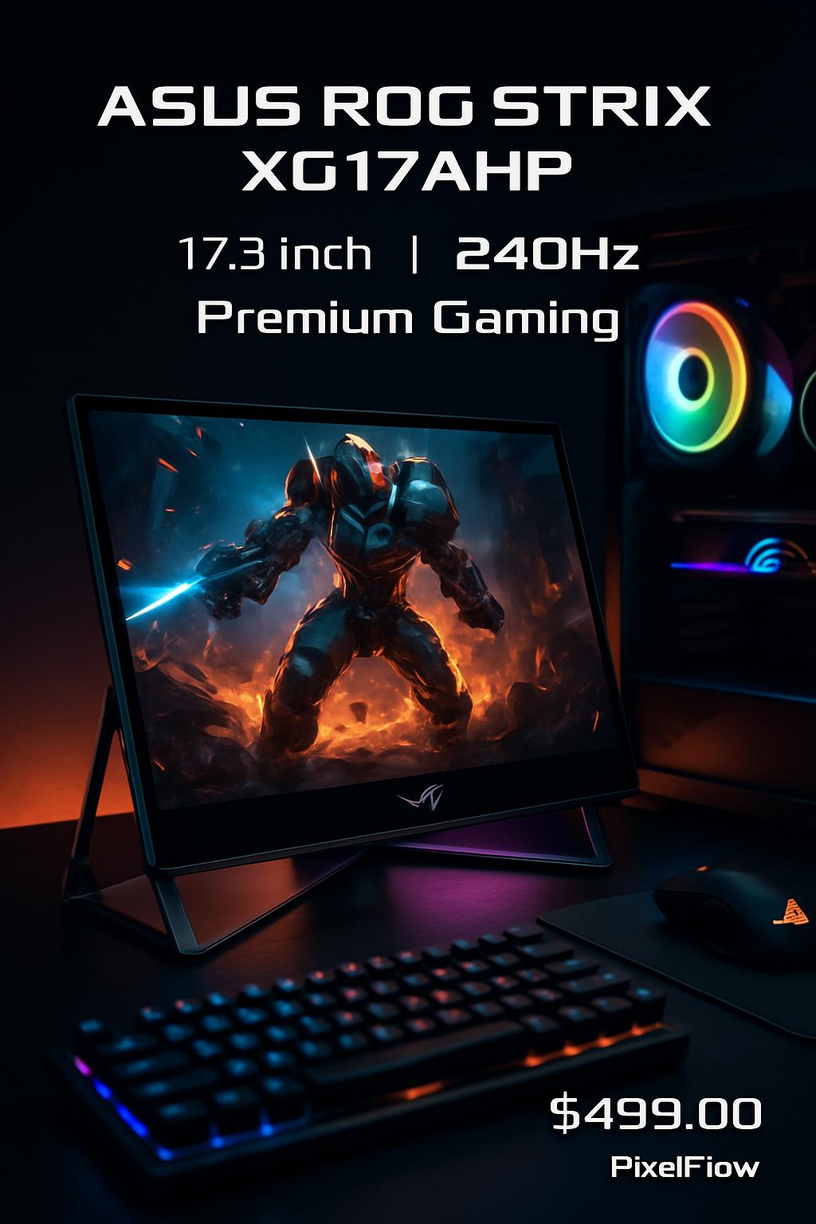
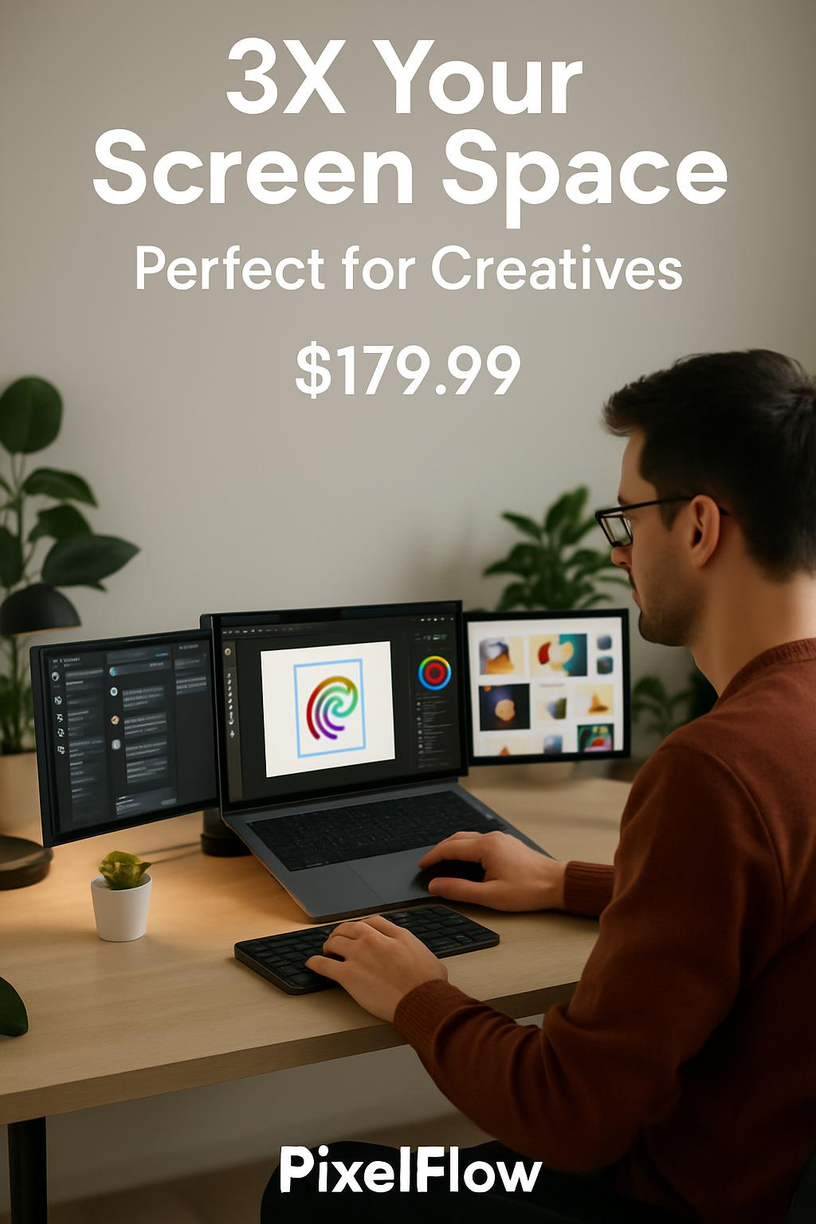



What impressed me most wasn’t just the visual quality—it was the strategic thinking behind each creative. Manus identified different customer personas (remote workers, gamers, business professionals, students) and created targeted messaging for each. The automation approach was perfect here: AI handled the creative execution and variation generation, while I provided the strategic direction and final approval.
Saturday Evening: Building the Prototype
With wireframes and creatives ready, it was time to see if I could actually build something functional. This is where the weekend experiment got really interesting—could I go from concept to working prototype in just a few hours?
Here’s what I learned: I wasn’t just building a store, I was building a learning laboratory. The real question wasn’t “will this make money?” but “how far can AI take the technical implementation while I focus on the strategic decisions?”
The architecture that emerged was fascinating—a sophisticated backend that could operate in multiple modes (fully automated, hybrid, or manual) with a clean frontend for testing. I built an MCP (Model Context Protocol) interface that lets AI agents directly manipulate the system through natural conversation. The goal wasn’t to launch a business, but to understand what’s possible when you give AI direct access to operational systems.
Powerful API Access
The foundation of this AI-operated shop is a comprehensive REST API that gives both humans and AI agents full control over every aspect of the business:

The Operating Interface
This interface represents something bigger than just a dashboard—it’s the bridge between human strategy and AI execution. The comprehensive API foundation means I can tell the AI “optimize pricing for better margins” or “find alternative suppliers for this product,” and it can actually execute those changes through structured, documented endpoints.
The Shop in Action: Building with Cursor
This was my test of hybrid automation mode at its most intense. Could I build a complete e-commerce platform with backend systems in just a few hours using Cursor?
The Challenge: Not just a simple store, but a sophisticated system with supplier integration, price automation, and inventory management.
The Process: Constant back-and-forth with Cursor. It would build, I would test, it would refine. Neither of us could have done it alone—I provided the business logic and user experience judgment, Cursor handled the technical implementation.
The Result: A fully functional e-commerce platform that could accept orders, track inventory, and automatically adjust pricing based on supplier data.
Here’s what the actual application looks like in operation:

Homepage
Clean, conversion-focused landing page design
Click to expand
Product Catalog
Filterable product grid with smart categorization
Click to expand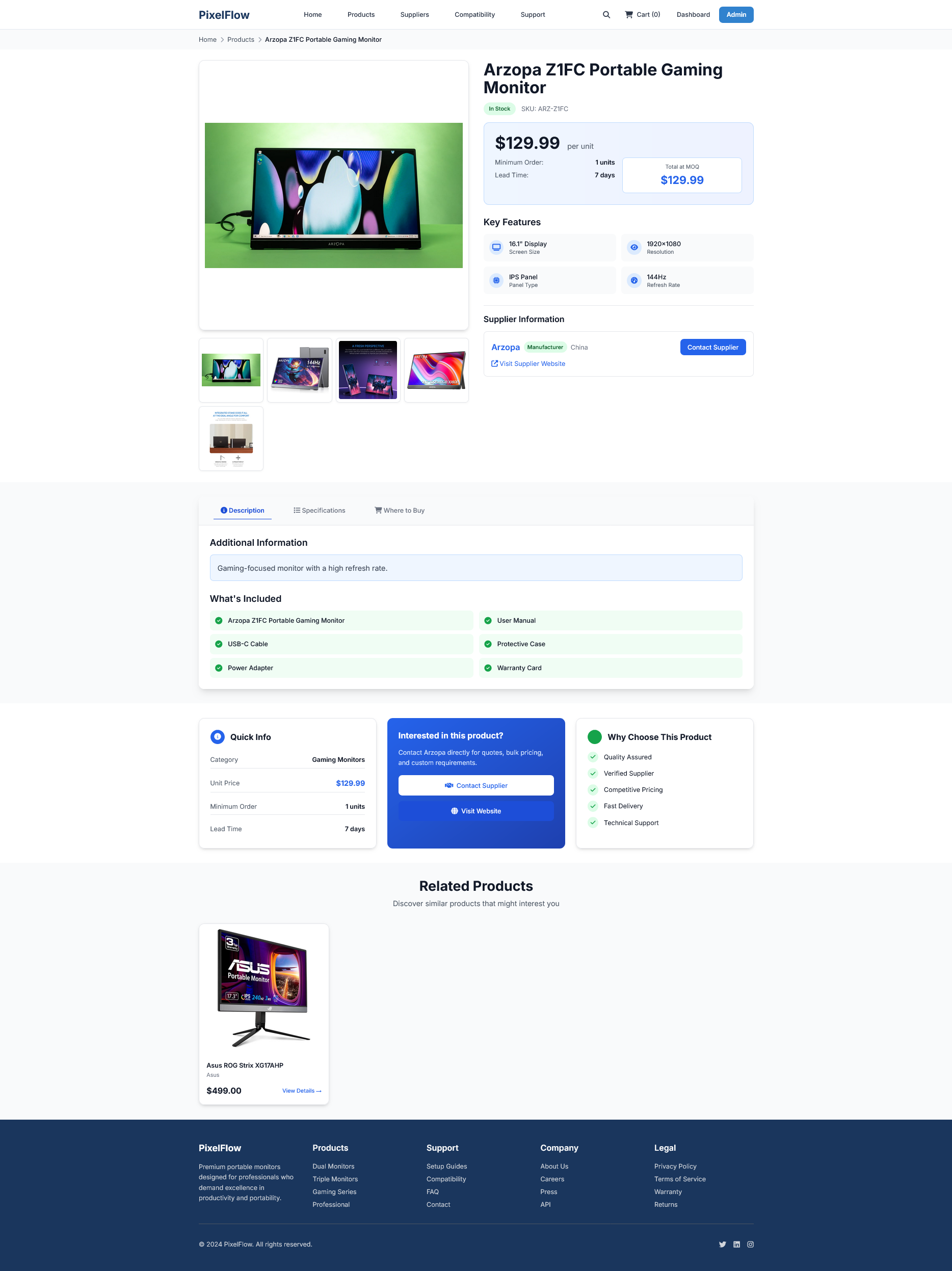
Product Details
Detailed product pages with dynamic pricing
Click to expand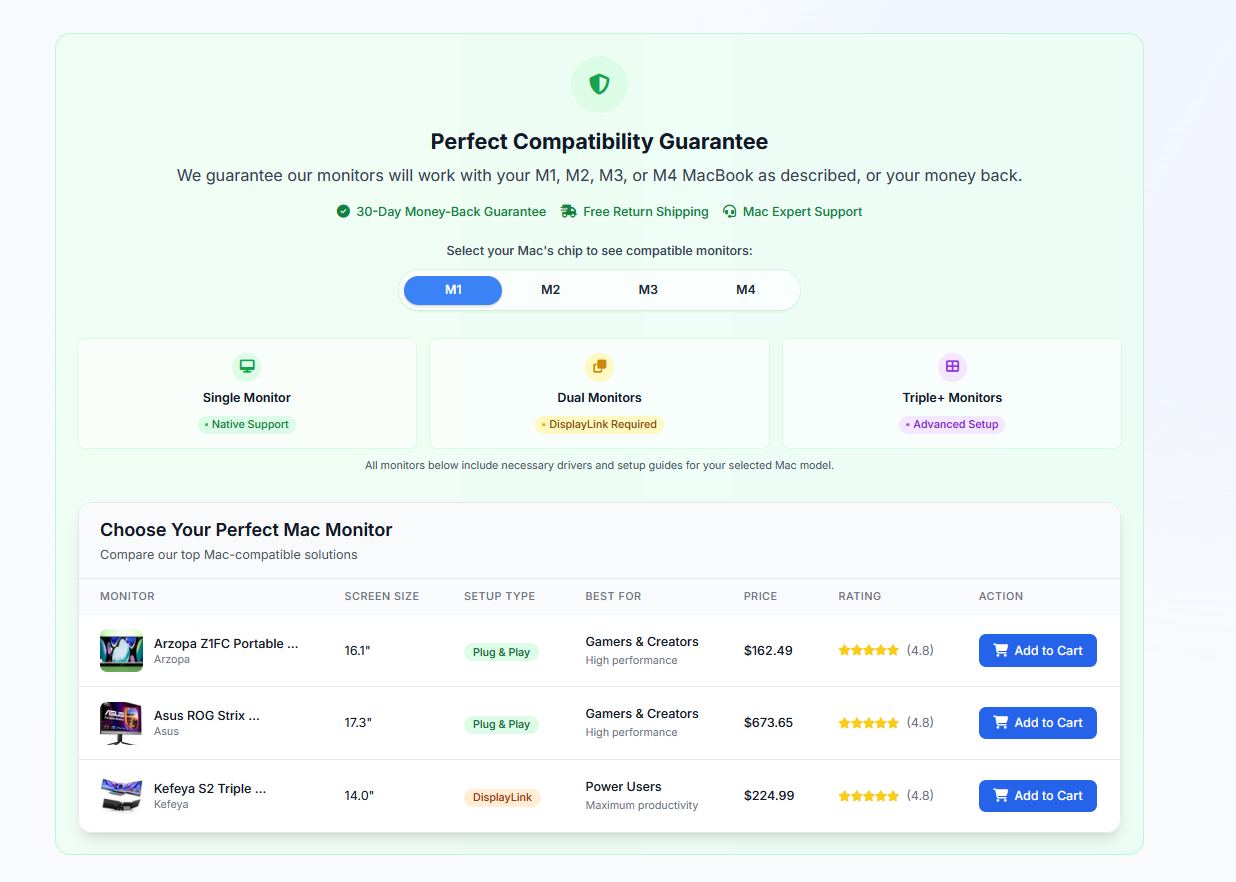
Smart Compatibility
AI-powered device compatibility matching
Click to expand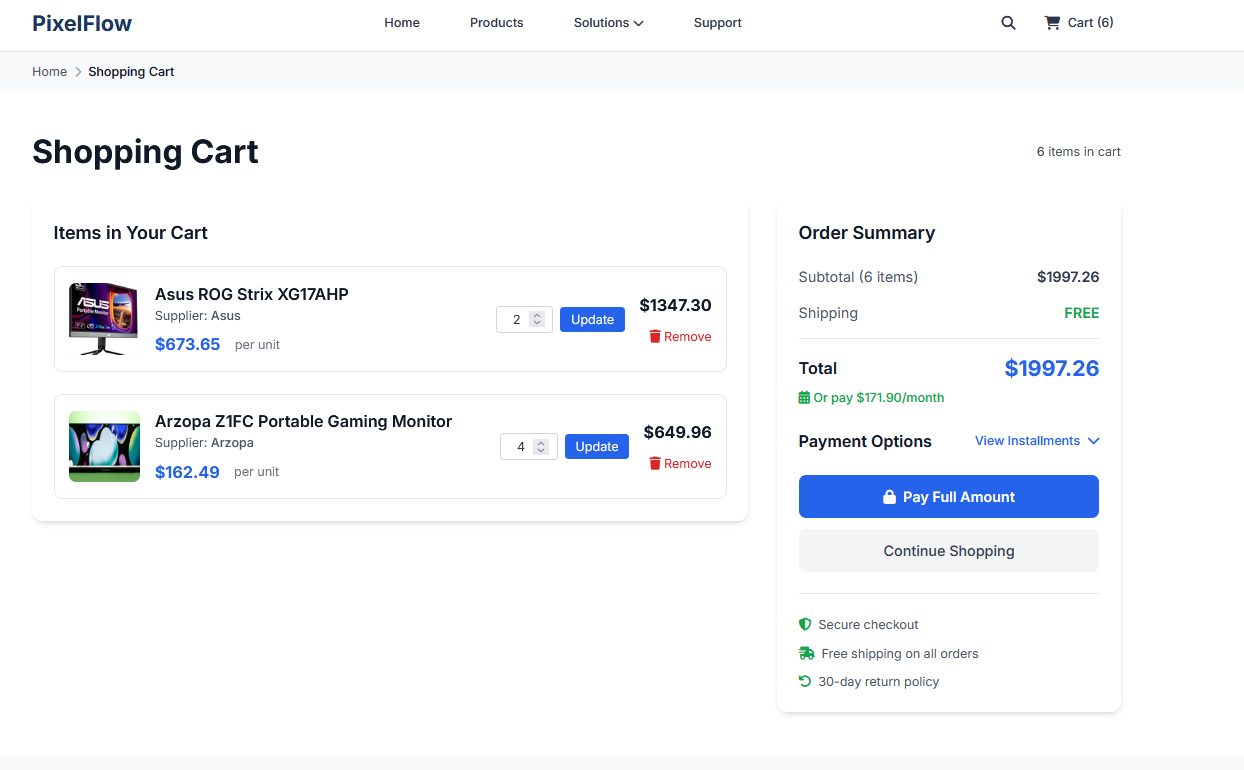
Shopping Cart
Streamlined checkout with payment options
Click to expand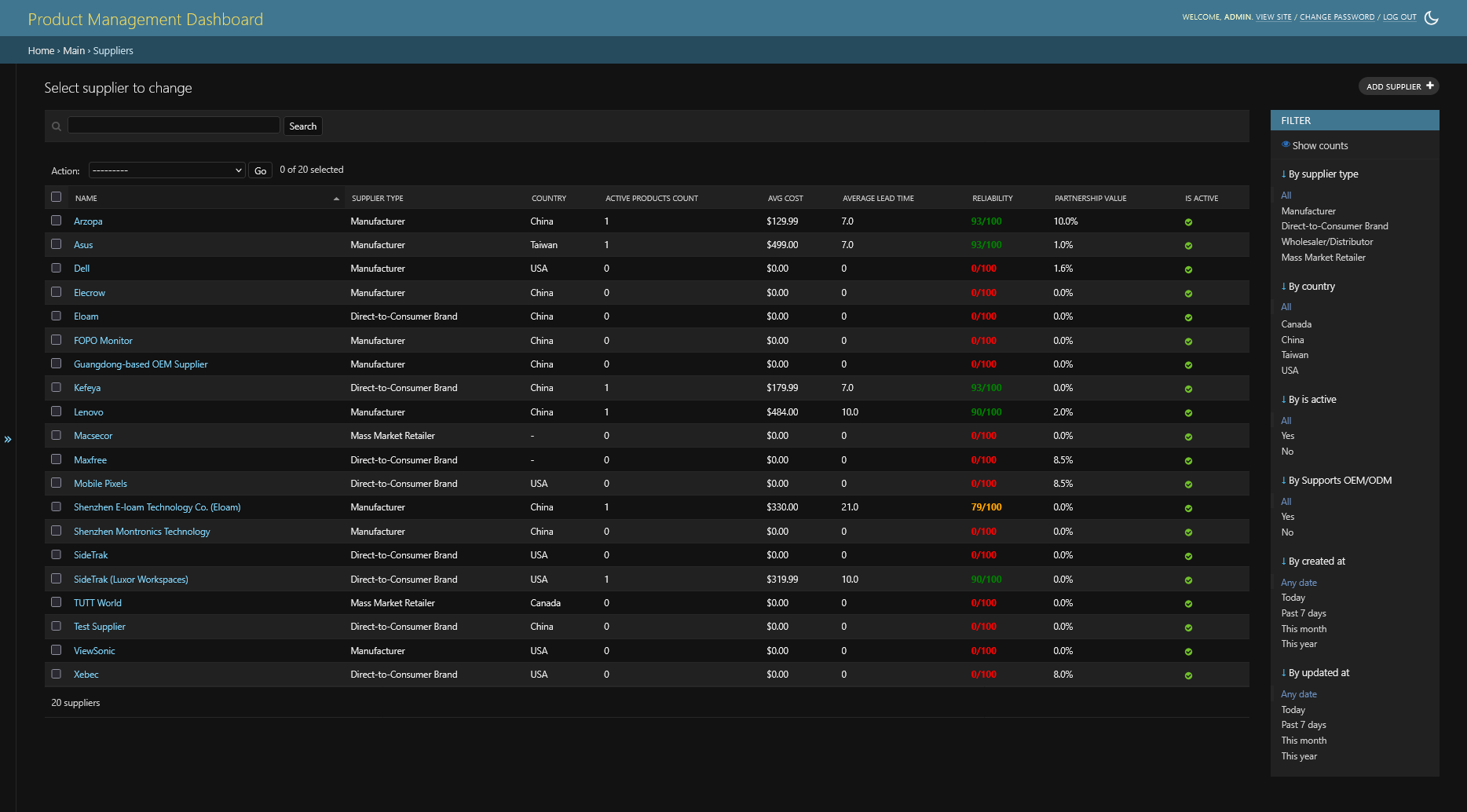
Supplier Management
Real-time supplier tracking and performance metrics
Click to expand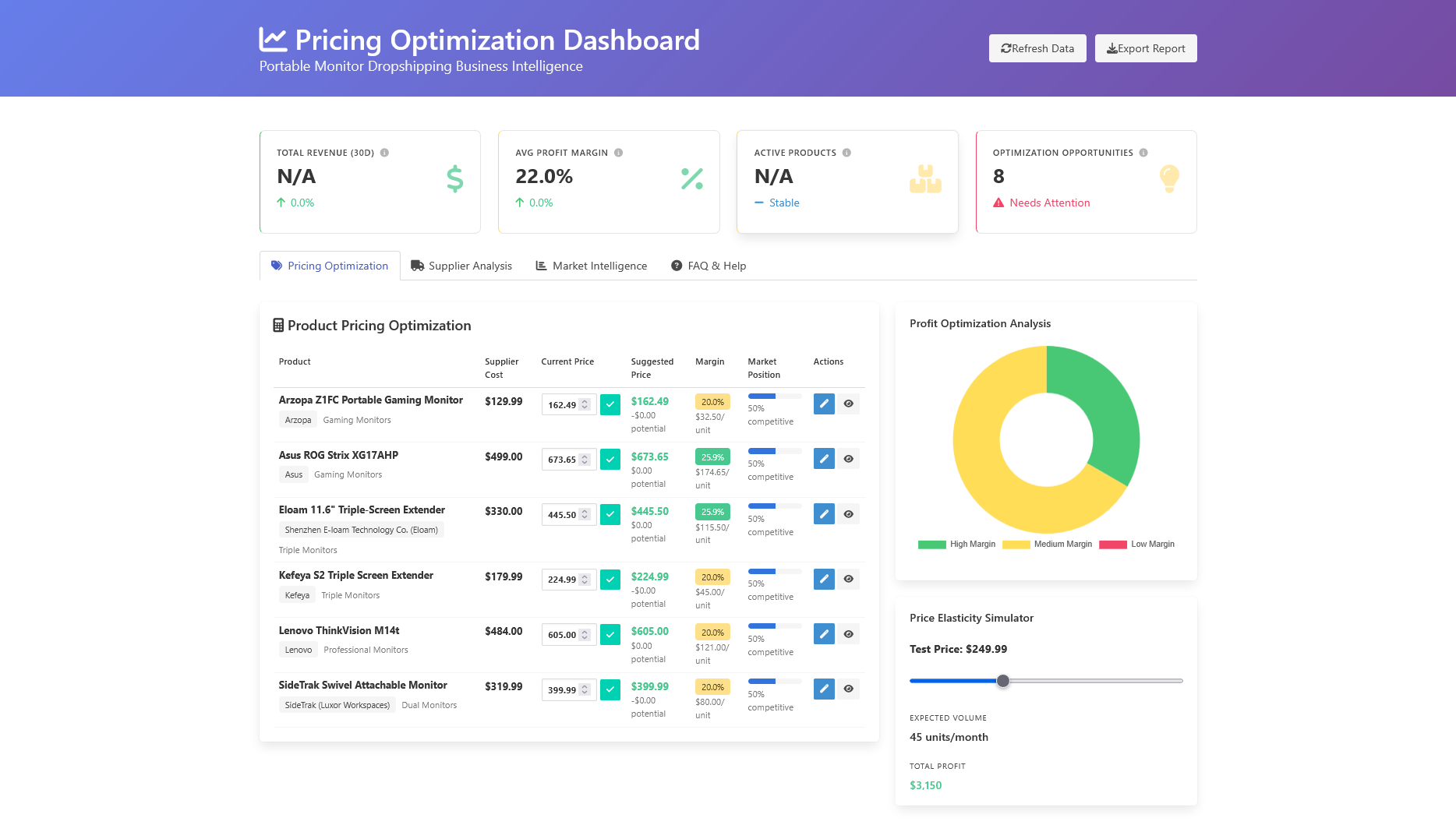
AI Optimization
Automated pricing and inventory optimization
Click to expandThe beauty of this setup is that the AI doesn’t just generate reports—it can actually take action. When it identifies a pricing opportunity or finds a better supplier, it can implement changes directly. I maintain oversight and approval rights, but the AI handles the operational heavy lifting.
The Sourcing Directory: AI Research Meets Human Strategy
Here’s where the 50/50 approach really shows its power. While AI handled the heavy lifting of supplier research, competitive analysis, and pricing calculations, I made the strategic decisions about which products to focus on and how to position them. The result is a comprehensive sourcing directory that would typically take weeks to compile:
This directory represents the perfect marriage of AI efficiency and human judgment. AI compiled the data, analyzed pricing structures, and identified supplier relationships, while I made the strategic calls about which products to prioritize and how to bundle them for maximum market appeal.
Sunday: The Manual Reality Check
Sunday morning was supposed to be about final refinements and testing. Instead, it became a lesson in where automation breaks down.
The Plan: Use AI to automate supplier outreach and order management setup.
The Reality: I spent most of Sunday manually contacting suppliers via email and WhatsApp. Why? Because the automated approaches were either too slow or too impersonal for building real business relationships.
What I Learned: Sometimes manual is faster than automated. When you need to establish trust with international suppliers, a personal touch beats any automation system. I could have spent hours building sophisticated outreach automation, or I could just send 20 emails in 30 minutes.
The Final Test: By Sunday evening, I had a store that could accept orders, process payments, and theoretically fulfill products. But I didn’t have actual inventory agreements with suppliers—just initial conversations.
The Honest Assessment: I had built the infrastructure for a business, but not yet a business itself. The automation got me 80% of the way there in record time, but that last 20% still required human relationship-building.
What the 50/50 Split Actually Looks Like
AI Handled: Market research, competitive analysis, creative generation, technical implementation, data processing, and system integration.
I Handled: Strategic direction, quality judgment, tool selection, workflow design, and maintaining coherence across all the moving parts.
The key insight? AI excels at execution and volume. I excel at strategy and context. The weekend proved that this combination can compress months of traditional work into hours—but only when both sides stick to their strengths.
The Meta-Learning: Building Tools to Build Tools
Here’s where the weekend got really interesting. I wasn’t just testing AI collaboration—I was building tools that could accelerate future AI collaboration. Some of the systems I created could be used to create more systems. It’s recursive improvement, but compressed into hours instead of months.
For example, the MCP interface I built doesn’t just control this one prototype—it’s a framework for giving AI agents direct access to any operational system. The research workflows I developed could be applied to any market analysis. The creative generation pipelines could work for any product category.
The real learning wasn’t about dropshipping—it was about understanding how to rapidly prototype AI-human collaboration systems.
The Final Verdict: What Actually Works
After 48 hours of intensive testing, the patterns became clear:
Full Automation: Works brilliantly for research, data processing, and content generation. Set it up, walk away, come back to results.
Semi-Automation: Perfect for creative work and strategic planning. AI generates options, human judgment picks winners.
Hybrid Automation: Essential for complex technical implementation. Constant collaboration between AI execution and human oversight.
Manual Still Wins: For relationship building, trust establishment, and nuanced communication. Sometimes the old way is still the fastest way.
What surprised me most: I built a functional e-commerce platform with supplier integration, automated pricing, and professional marketing materials in 48 hours. Work that would typically take a small team weeks was completed by one person with AI tools.
But the real insight wasn’t about speed—it was about understanding which automation mode works for which type of business task.
The Real Automation Limits
The weekend revealed some hard truths about business automation:
What AI Crushes: Research, analysis, content creation, technical implementation, data processing, and creative generation. These tasks can be fully or semi-automated with incredible results.
What AI Struggles With: Relationship building, cultural nuance, trust establishment, and complex judgment calls. These still require human intervention.
The Handoff Problem: The biggest challenge isn’t what AI can or can’t do—it’s managing the handoffs between automated and manual processes. Every transition point is a potential failure point.
The Budget Reality: To properly validate this business would require $5,000-10,000 in marketing spend. The automation got me to a functional prototype, but real market validation still requires real money.
The Speed vs. Quality Trade-off: AI can compress months of work into days, but the quality isn’t always equivalent. Sometimes fast is good enough, sometimes it isn’t.
Why This Matters
I documented everything—every decision, every tool choice, every moment where automation worked or failed. Not because I think everyone should build dropshipping stores, but because this experiment revealed something important about the future of work.
The Real Question: As AI tools become more powerful, the question isn’t “Will AI replace humans?” but “How do we design human-AI collaboration systems that amplify what both sides do best?”
This weekend was a stress test of that collaboration. The results suggest we’re entering an era where individual humans with the right AI toolkit can accomplish what previously required entire teams.
What I’d Do Differently
Looking back on the weekend, a few things stand out:
Budget for Validation: I built the infrastructure but didn’t budget for proper market testing. Next time, I’d allocate $5,000-10,000 for real advertising validation from day one.
Focus on Handoffs: The biggest failures happened at transition points between automated and manual processes. I’d design these handoffs more carefully upfront.
Test Automation Modes Earlier: I should have tested full, semi, and hybrid automation on smaller tasks before applying them to complex business processes.
Document What Doesn’t Work: I focused on successes but didn’t capture enough detail about where automation failed and why manual approaches were faster.
The Real Takeaway
This wasn’t really about dropshipping or even about building a business. It was about stress-testing the limits of business automation in 2025.
The Answer: Can you fully, semi, or hybridly automate a large part of what it takes to run a business?
- Full automation: Probably not for complete business operations, but definitely for specific functions
- Semi/Hybrid automation: Absolutely yes, with dramatic time and cost savings
The Key Insight: The future isn’t about replacing humans with AI—it’s about designing collaboration systems where AI handles execution and humans handle judgment. When you get the handoffs right, individual humans can accomplish what previously required entire teams.
The Bottom Line: I built a functional e-commerce business infrastructure in 48 hours using AI tools. It could accept orders, process payments, and manage suppliers. But turning that infrastructure into a profitable business still requires human judgment, relationship building, and significant capital investment.
The automation revolution isn’t coming—it’s here. The question is whether you’re designing systems to take advantage of it.
If you’re curious about trying something similar, pick a domain you understand, give yourself a tight deadline, and see how far you can get. The learning happens in the doing, not in the planning.
Want to dive deeper into the technical details or share your own automation experiments? Let’s talk →
